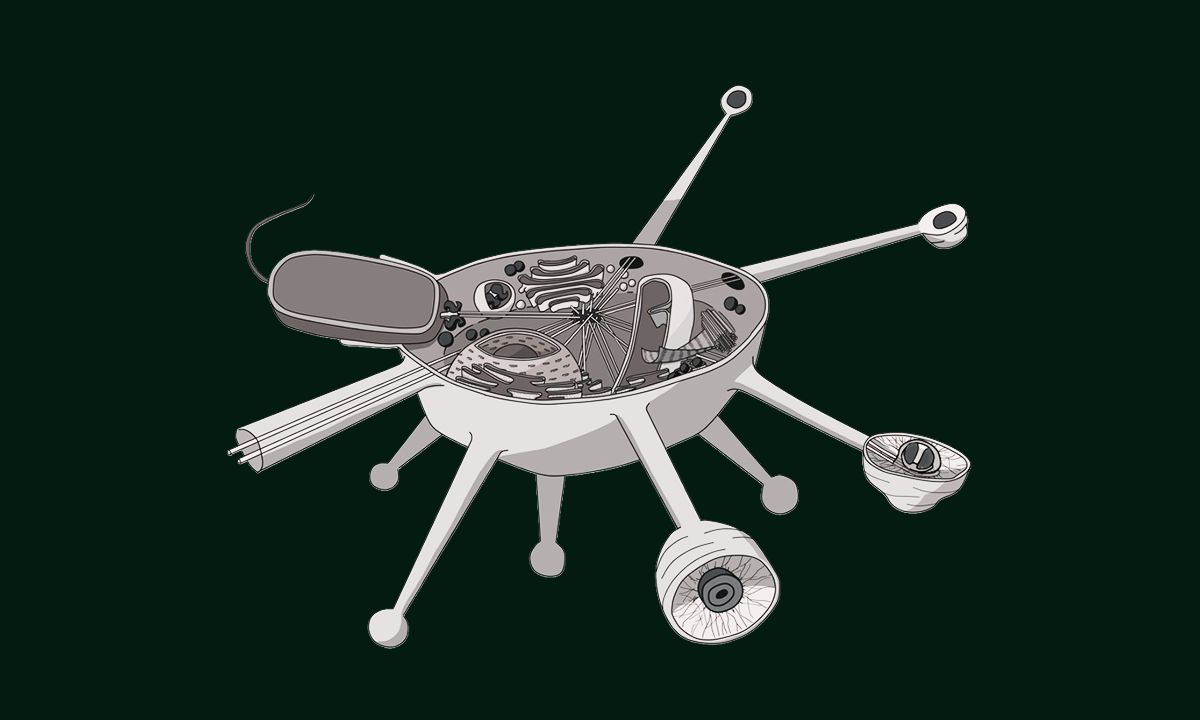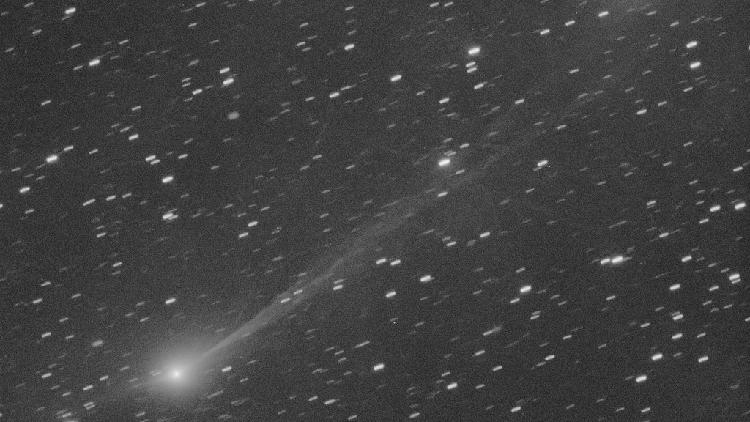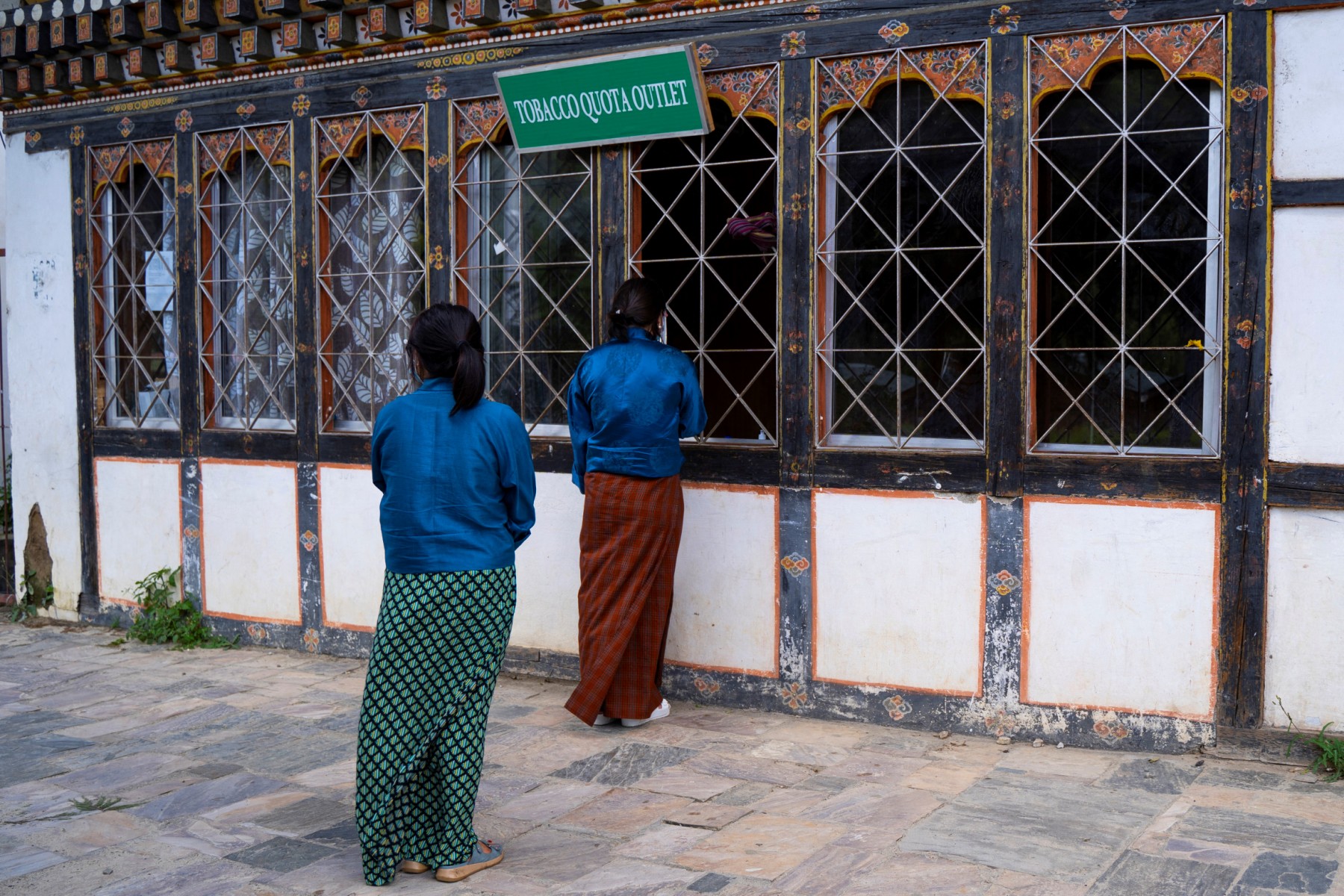THIMPHU – Amid rising speculation of shortages in alcohol, tobacco and pan masala ahead of the new tax regime, the Department of Revenue and Customs (DRC) has clarified that import and supply levels remain unchanged from last year. Any scarcity…
Blog
-

Ancient retrovirus structure reveals link to modern respiratory viruses
Cryo electron microscopy image of the foamy virus structure. Credit: Francis Crick Institute
Retroviruses are viruses that have evolved the ability to…
Continue Reading
-

‘It’s hard to stay on top of something that changes so fast’
A new study has found that certain pesticides used near farm communities are linked to higher rates of a deadly childhood cancer.
What’s happening?
According to the New Lede, a study published in Environmental Research discovered that three…
Continue Reading
-

“Living Fossil” Discovered by Accident Could Reshape Tree of Life
It’s not uncommon for a new species to be discovered among existing collections; it’s rare that the new species is still alive, though. But that’s what a research team from Charles University in the Czech Republic found when they examined…
Continue Reading
-
Rupee poised for muted open with Asia FX navigating risk-off, lower U.S. yields – Reuters
- Rupee poised for muted open with Asia FX navigating risk-off, lower U.S. yields Reuters
- Indian rupee ends a tad lower as modest inflows cushion drag from firmer dollar Business Recorder
- Financial regulation more complex than other sectors as it safeguards systemic stability: RBI Governor Tribune India
- “Do Your Karma, Dots Will Connect”: RBI Governor’s Advice To Students NDTV
- RBI’s Foremost Priority Is To Ensure Financial Stability: Reserve Bank Guv Zee News
Continue Reading
-
Anxiety Over A.I. Spending Returns to Global Markets – The New York Times
- Anxiety Over A.I. Spending Returns to Global Markets The New York Times
- Nikkei retreats for 4th day on tech valuation concerns Business Recorder
- Asian stocks follow Wall Street into the plunge tank FXStreet
- Japanese Shares Follow Wall Street Lower TradingView
- Tech firms lead Asian stock rout as AI bubble fears linger France 24
Continue Reading
-
FCC CJ inspects new Record Room at IHC – Dawn
- FCC CJ inspects new Record Room at IHC Dawn
- Federal Constitutional Court kicks off proceedings amid space constraints Dawn
- FCC Chief Justice vows to uphold Constitution with integrity The Nation (Pakistan )
- Who is Aminuddin Khan? Now the sole…
Continue Reading
-
Dar, Nato chief discuss defence cooperation – Dawn
- Dar, Nato chief discuss defence cooperation Dawn
- FM Dar holds talks with EU Council president on GSP Plus status Dawn
- Pakistan, EU discuss GSP+, bolstering economic cooperation Geo News
- DPM Dar discusses skilled migration framework with EU…
Continue Reading
-
Five terrorists gunned down in Mohmand, Tank – Dawn
- Five terrorists gunned down in Mohmand, Tank Dawn
- 23 terrorists neutralised in KP operations: ISPR Dawn
- 23 militants killed in back-to-back Kurram operations ;ISPR The Express Tribune
- Security forces eliminate seven terrorists in different KP…
Continue Reading
-

NASA releases images of comet 3I/ATLAS, rejects alien spacecraft 'rumors' – news.cgtn.com
- NASA releases images of comet 3I/ATLAS, rejects alien spacecraft ‘rumors’ news.cgtn.com
- View Interstellar Comet 3I/ATLAS Through NASA’s Multiple Lenses NASA Science (.gov)
- There is Nothing More Deceptive than an Obvious Fact: NASA’s Press…
Continue Reading
